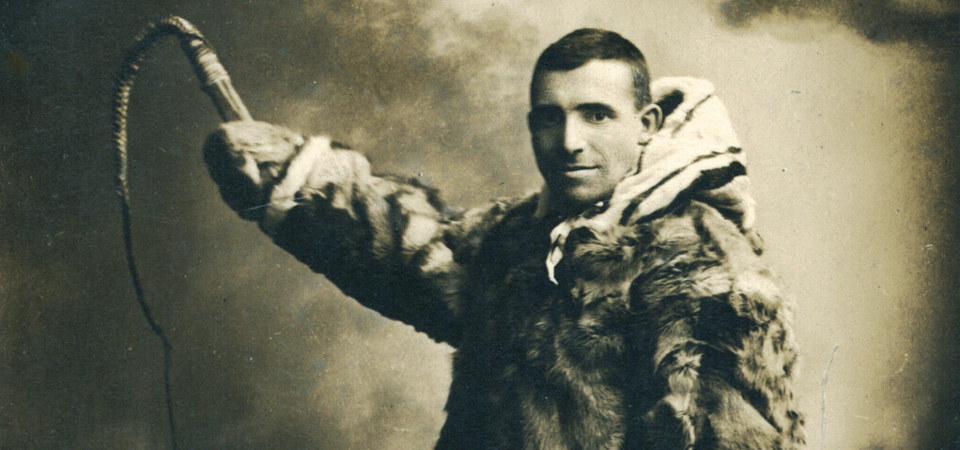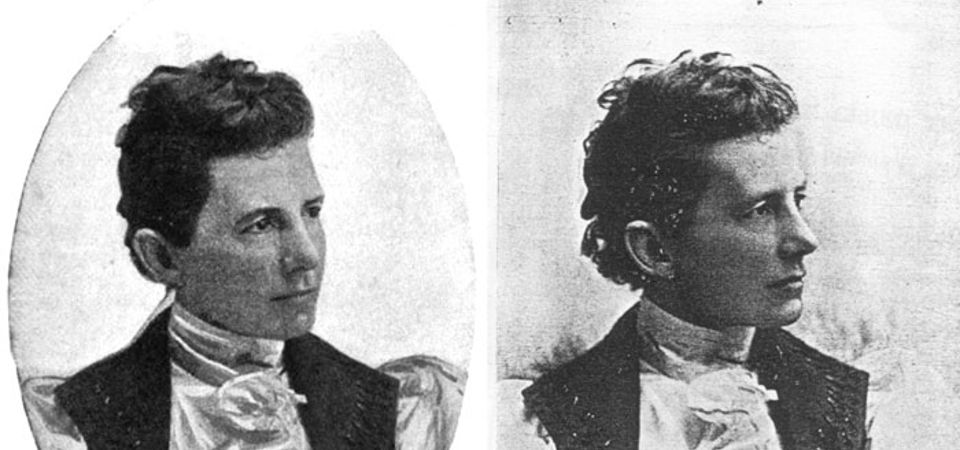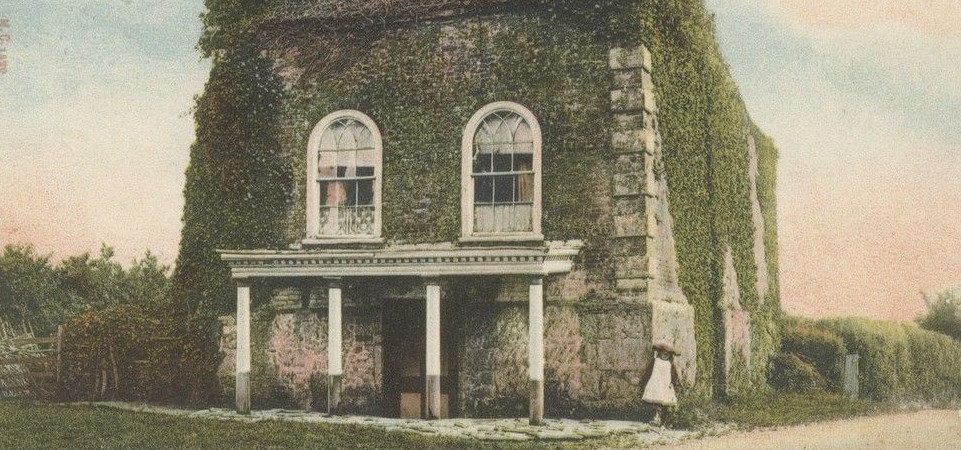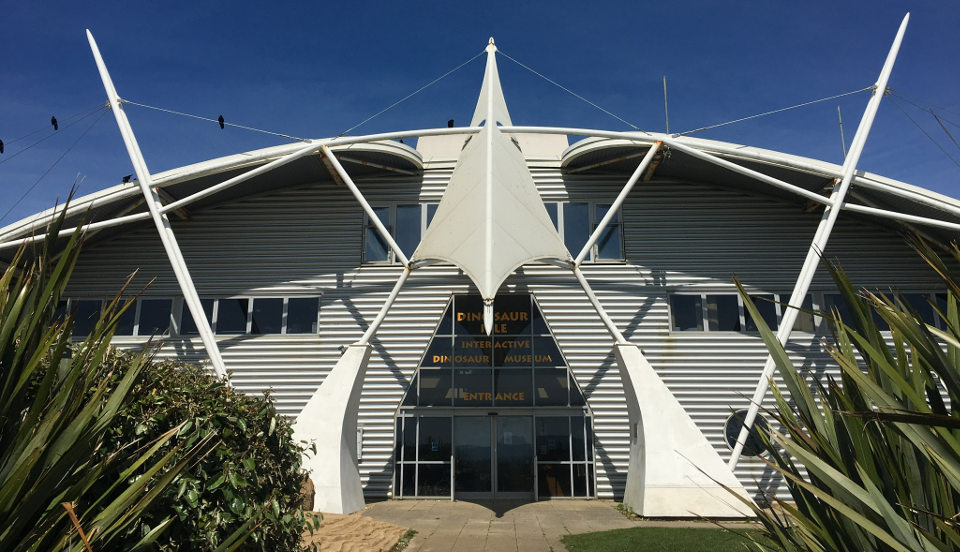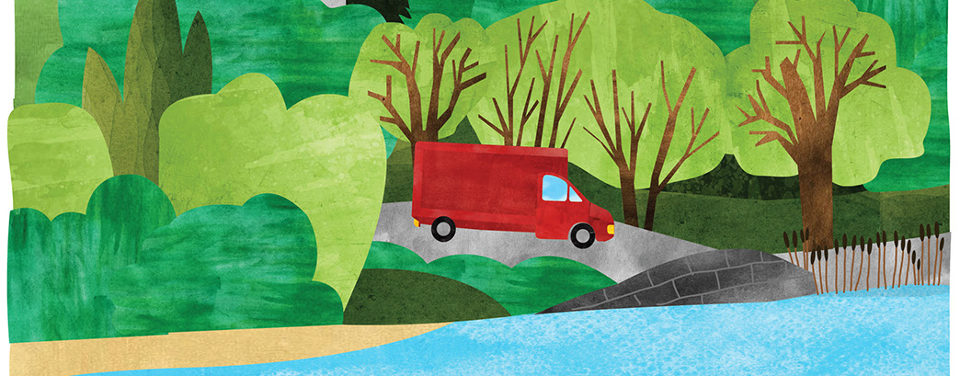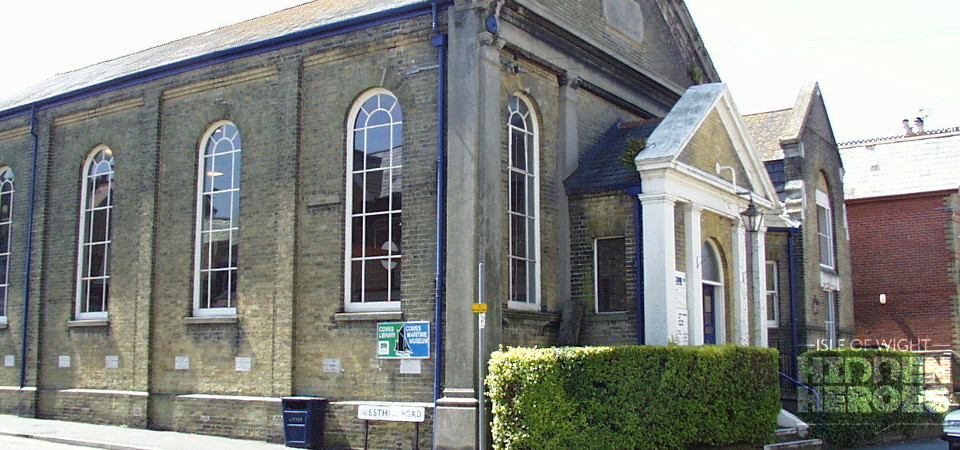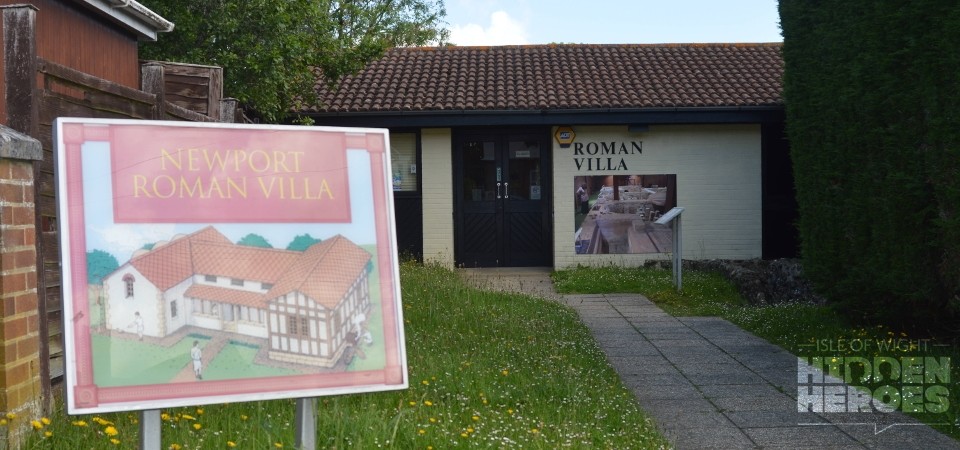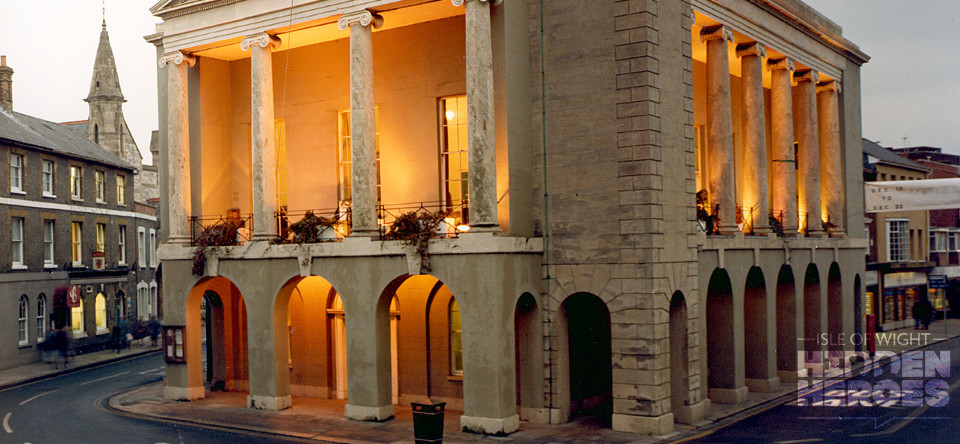This Hidden Hero were nominated and submitted by Carisbrooke Castle Museum
Edgar William Tyler Greenshield was born in 1877, the son of a Newport draper. As a young man he was inspired to devote his life to missionary work and between 1901 and 1913 made five extensive journeys to the Arctic.
He was a contemporary of Scott, Amundsen and Shackleton and became a popular public speaker as interest in exploration in the polar regions grew.
Educated at Portland House Academy, Edgar regularly went to St Johns church, Newport with his family. The Rev. Henry Lewis, who was vicar from 1892 to 1896, had spent many years as a missionary in India and spoke of it often.
It was after hearing a sermon from Lewis that Edgar determined to devote his life to mission work.
First mission in 1901
At 20 Edgar joined the Church Missionary Society College where he learnt medical and technical skills as well as theology. In 1901 he set sail on his first mission to the Canadian Arctic where he endured violent snowstorms, freezing temperatures and long hours of darkness.
He wrote “There is not much in one’s general surroundings to cheer or help or lift one up. The depth of winter, the short dull days, the long dark nights, all tend to depress…”
Learning the Inuit language
Edgar spent two years on Blacklead Island, learning to speak the Inuit language and putting his medical and practical skills to good use, caring for the sick and building the first hospital in the Arctic Circle – a one-roomed wooden hut at the mission.
He was held in great affection by the locals and they named him “ilataaqauq.”
Iceberg disaster
He undertook several missions to the region over the coming years, but in 1909 disaster struck when his ship, the Dutch schooner Jantina Agatha, hit an iceberg and began to sink 30 miles from land.
The captain gave the order to abandon ship and Edgar, the captain, a German explorer and the seven members of the Dutch crew escaped in rowboats. They also recovered the stores of the German explorer, who was on his way to study arctic bird life.
Survival down to Edgar
They rowed for many days in extreme conditions until they eventually arrived at the mission. For months they battled against the threat of starvation trying to make the rations they had salvaged, intended to last one man for a year, stretch for ten of them.
It was Edgar’s quick thinking, resourcefulness and determination that ensured the crew survived for eleven months before their rescue. When they were eventually rescued almost a year later the Dutch crew were adamant that their survival was entirely down to Edgar.
Knight of the Order of Orange-Nassau
The Queen of the Netherlands was so moved by the tale she made Edgar a Knight of the Order of Orange-Nassau and granted him an allowance of 200 guilders to be spent on goods for the Inuit people in honour of the “kindness displayed by them towards our shipwrecked mariners”.
He returned to England a hero and celebrity, and due to the growing interest in the polar regions and exploration he found himself much in demand as a public speaker.
Lecture tours
Edgar embarked on many lecture tours on behalf of the Church Missionary Society and was widely popular and successful as a speaker, always championing the Inuit people.
He also lectured on the Isle of Wight and once spoke to a crowd of 200 people in the Leigh Richmond Hall. However it was in December 1906 that he made his most memorable appearance on the Island.
Dressed in Inuit clothes Edgar showed stuffed animals and birds of the region to an audience at Newport and played a “bloodcurdling” phonograph of a bear-hunt with Inuit calls and war cries that thrilled his audience.
Inuit doll for Mollie
One local Isle of Wight girl received a surprise keepsake from the Inuit people of Blacklead Island through Edgar Greenshield.
On one of his trips Edgar took with him a doll from a 14 year old Mollie Alderslade of Newport to give to an Inuit girl. Almost two years later Edgar returned with a handmade doll in local garb for Miss Alderslade from her unknown friend.
The head was made from driftwood, the suit from caribou skin and the doll’s hair was taken from a musk ox. It was used for many years in a local Newport school to teach geography and can now be seen at Carisbrooke Castle Museum.
Final trip to the Arctic
Edgar visited the Arctic for a fifth and final time from 1911–1913, and made use of his medical skills as sickness swept through the community.
After this Edgar wanted to return to the Arctic but chose instead to look after his parents, the ship that he would have travelled on was lost with all hands.
For the rest of his life he undertook missionary work with sailors and fishermen in Ireland, the Shetlands, India and finally Teesside where he died in 1938. The epitaph on his grave stone read “A friend of the Eskimo”.


